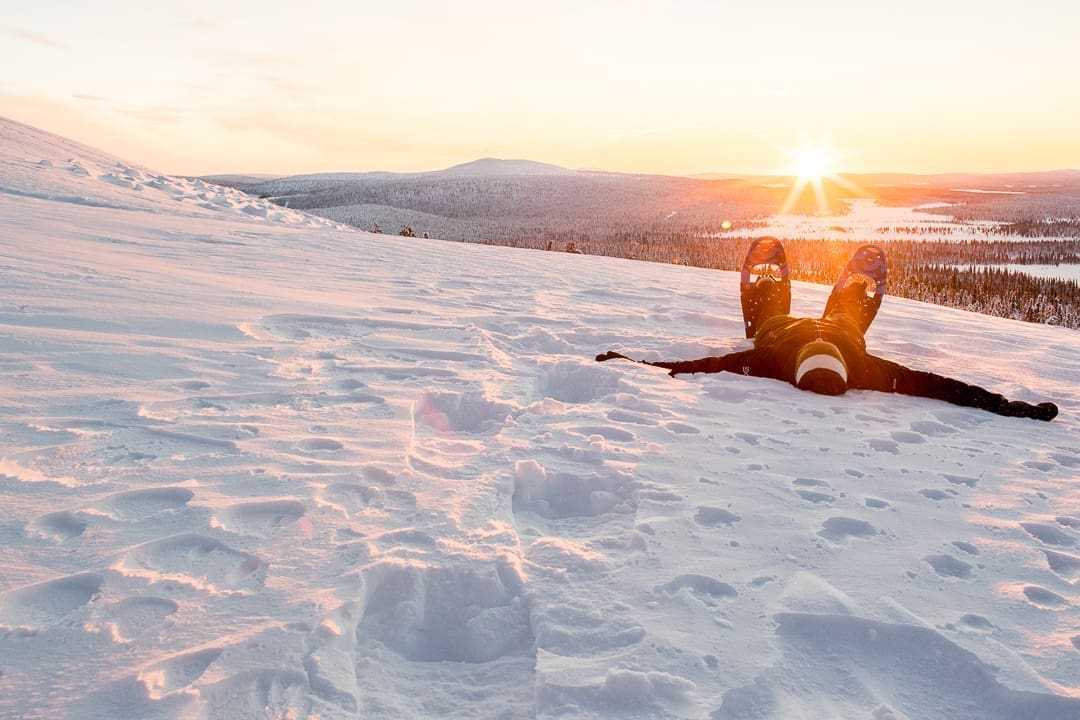Reindeer, also known as caribou in North America, are fascinating creatures that have adapted to some of the harshest environments on Earth. Understanding their diet is crucial for appreciating how they survive and thrive in the wild. This article delves into the various foods that reindeer consume throughout the year, providing a comprehensive look at their dietary habits.
Seasonal Diet Variations
Reindeer diets vary significantly with the seasons. During the summer months, when the tundra is lush and green, reindeer primarily feed on a variety of vegetation. They graze on grasses, sedges, and herbs, which are abundant during this time. These plants provide the necessary nutrients to help them build up fat reserves for the colder months ahead.
As winter approaches and the landscape becomes covered in snow, reindeer shift their diet to more accessible food sources. They rely heavily on lichens, a type of symbiotic organism that grows on rocks and trees. Lichens are rich in carbohydrates, which are essential for energy during the harsh winter months. Reindeer use their hooves to dig through the snow to reach these lichens, showcasing their remarkable adaptability.
Importance of Lichens
Lichens play a crucial role in the winter diet of reindeer. These organisms are not only a primary food source but also provide essential nutrients that help reindeer survive the cold. Lichens are particularly rich in carbohydrates, which are vital for maintaining energy levels during the winter when other food sources are scarce.
In addition to lichens, reindeer also consume other available vegetation, such as mosses and fungi. These supplementary food sources help diversify their diet and ensure they receive a balanced intake of nutrients. The ability to dig through snow to find lichens and other vegetation is a testament to the reindeer’s resilience and adaptability in extreme conditions.
Summer Grazing
During the summer, reindeer take advantage of the abundance of vegetation in their habitat. They graze on a variety of plants, including grasses, sedges, and herbs. These plants are rich in nutrients and help reindeer build up fat reserves that are crucial for their survival during the winter months.
Reindeer also consume leaves and twigs from shrubs and trees, such as willows and birches. These additional food sources provide essential vitamins and minerals that contribute to their overall health. The summer grazing period is a time of plenty for reindeer, allowing them to prepare for the leaner months ahead.
Adaptations for Foraging
Reindeer have developed several adaptations that enable them to forage effectively in their environment. Their hooves are specially adapted for digging through snow to reach lichens and other vegetation. The sharp edges of their hooves help them break through the ice and snow, while the broad surface area provides stability on uneven terrain.
In addition to their hooves, reindeer have a keen sense of smell that helps them locate food buried beneath the snow. This heightened sense of smell is particularly useful during the winter months when food is scarce and difficult to find. These adaptations are essential for their survival in the wild and highlight the remarkable resilience of these animals.
Prenota un tour in Lapponia con Wildmaker Lapland
If you’re fascinated by reindeer and their incredible adaptations, why not experience them up close? At Wildmaker Lapland, we offer a range of tours that allow you to explore the natural habitat of these magnificent creatures. From guided reindeer safaris to educational tours about their diet and behavior, we provide an immersive experience that will leave you with a deeper appreciation for these animals.
Our services include:
- Guided reindeer safaris
- Educational tours about reindeer diet and behavior
- Opportunities to feed and interact with reindeer
- Scenic tours of the beautiful Lapland landscape
Book your tour today and embark on an unforgettable adventure with Wildmaker Lapland. Discover the wonders of reindeer and the breathtaking beauty of their natural habitat.



